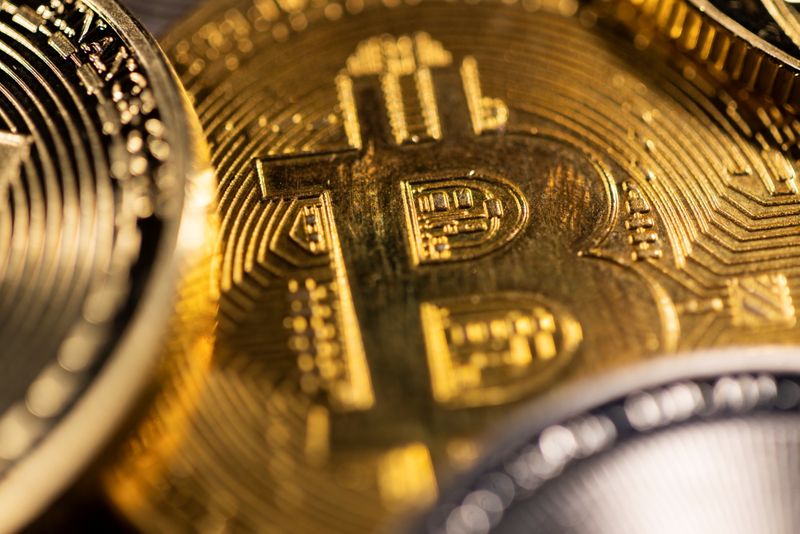[ad_1]
© Reuters Months to Collapse, FTX Offered 8% Interest on USD & BTC Deposits
- FTX offered 8% interest on USD deposit product a few months before its collapse.
- Binance CEO said people should avoid businesses that offer high incentives for locking tokens.
- The embattled exchange has liabilities of $10 to $50 billion with over 100,000 creditors.
Every day, more information pops up regarding the events leading up to the FTX crypto exchange’s bankruptcy last week. According to a report, the embattled FTX exchange had launched a USD deposit product, offering an 8% interest rate.
Additionally, it offered a (BTC) deposit product with an interest rate of 5% and above. Consequently, many users deposited tokens, leading others to secure bank loans to take advantage of the offer, according to Collin Wu’s media.
Expectedly, the crypto community criticized the move, but the event did not receive widespread attention. FTX filed for Chapter 11 bankruptcy protection last Friday after it became clear that the exchange was insolvent and could not honor users’ withdrawal requests.
On the eve of its filing, Changpeng Zhao, the CEO of the largest crypto exchange, Binance, counseled the crypto community. Zhao said:
Avoid businesses, exchanges, and projects that survive by selling owned tokens, offer high incentives for locking tokens, or have an ample token supply but only a small circulation supply.
Unfortunately, all of what the Binance CEO counseled against are true for the bankrupt FTX exchange. The firm claimed in its bankruptcy filing that it has assets worth between $10 billion and $50 billion, liabilities between $10 billion and $50 billion, and more than 100,000 creditors.
The news of its insolvency triggered a wave of price crashes, putting Bitcoin at a two-year low of $15k within a week. Its native token, FTT, plunged 30% on Friday, bringing its collapse this month to 91%.
The post Months to Collapse, FTX Offered 8% Interest on USD & BTC Deposits appeared first on Coin Edition.
[ad_2]
Image and article originally from www.investing.com. Read the original article here.

